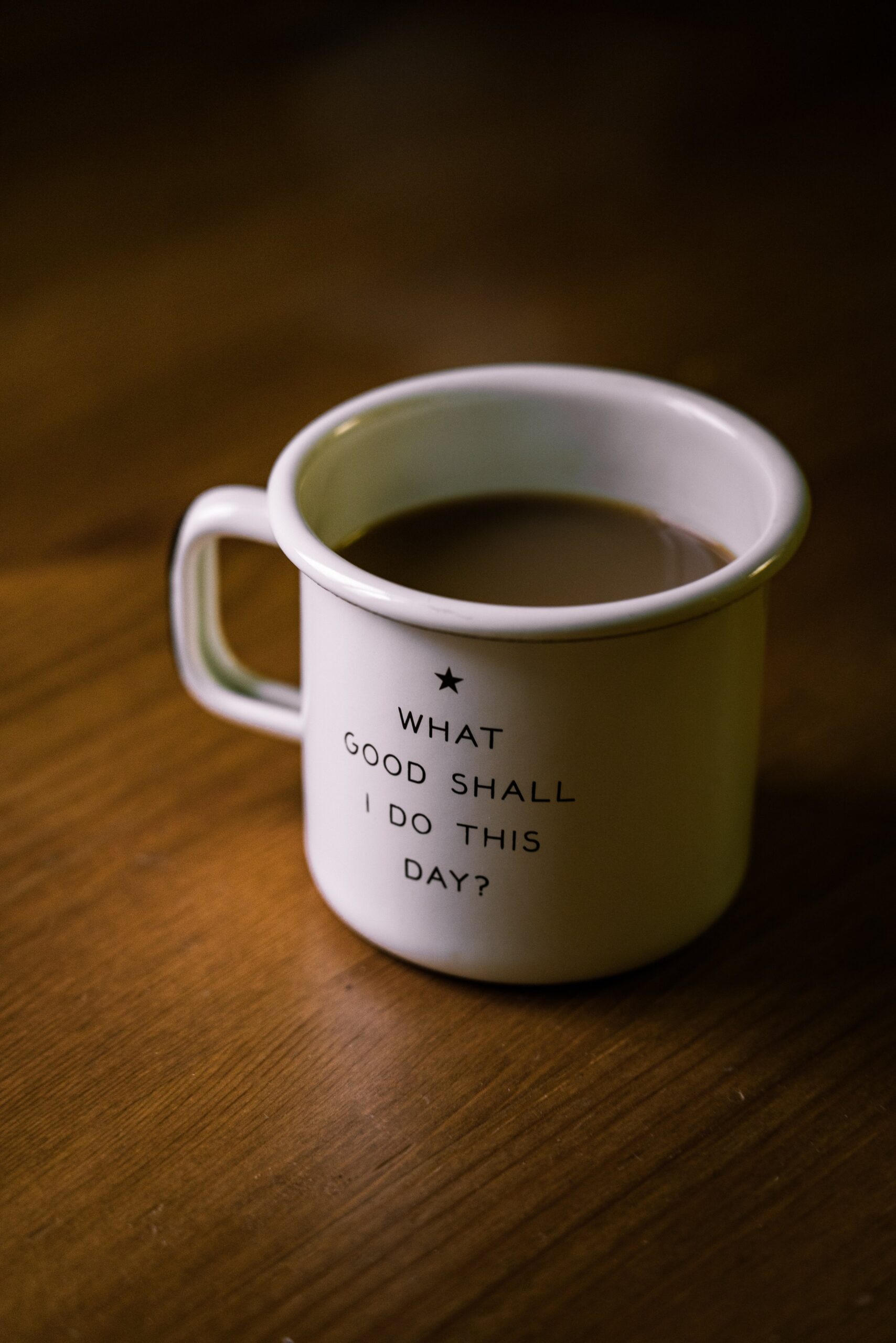I don’t know about you, but sometimes throughout my day, I have a moment where I stop and think about what it is I am doing because part of me does not remember making the decision to do it in the first place. Some of these behaviors or actions I find myself doing are productive, some are neutral, and some are ones that I wish I didn’t do as much, especially without thinking about it. According to the Journal of Personality and Social Psychology, about 43% of what most people do every day is out of habit (Journal of Personality and Social Psychology, Vol. 83, No. 6, 2002). This is almost half of your daily life decided for you based on routine. Once again, if you are anything like me, there are parts of that 43% that I would rather be different, so here are some tips to better understand how habits work.
So what are habits?
To understand the power of habits we first should try to understand what a habit tends to look like. Typically, a habit starts with a “cue”. This is something like a time, place, or another event that initiates the next part of the habit. These cues can be an internal feeling like a craving or a spike in anxiety and will lead to the following step which is the actual behavior associated with the habit. This part of the habit is called the “routine”. This is where you take the cue and subconsciously respond with a behavior such as snacking, engaging in unhealthy coping mechanisms, or even something as small as an eye roll. A lot of habits can be healthy ones that line up with your values such as exercise, checking to see if you have your valuable items on the way out the door, or cleaning your living space. These kinds of habits bring value and energy to your daily life because they no longer need to be conscious efforts. Now the last part of the habit is the “reward”. This is where we find the reason that the habits exist in the first place. This is where you receive the “payoff” for the behavior which can be internal such as a satisfied feeling or external like recognition from others or a reprieve from environmental distress.
How can we use habits to our benefit?
OK, now that we have an idea of what habits tend to look like, how do we help ourselves with this information? First is we start with identifying the habit in question and why we wish to change it. This should be in line with your personal values but if this step is too difficult, a therapeutic service or a trusted support person can be helpful. It is in this first contemplative step that you work out which value you were trying to meet with this old habit and brainstorm behaviors that meet that value without sacrificing another. For example, one may have the habit of snaking to help reduce boredom. If staying engaged in interesting tasks is the value but snacking is causing you to sacrifice your health-related values and goals, then a more value-driven behavior may be increasing accessibility to different interesting activities when you are likely to get bored. Once you know what change you wish to make, you then increase your mindfulness of the cues for the old habit as they occur. It is here that you would typically engage in the unwanted behavior. Instead of engaging in the unwanted behavior, we will replace it with what we identified as a more value-driven behavior that minimizes or eliminates the need to sacrifice another value. This process can be difficult so make sure to avoid self-judgment and pursue supportive services if needed. For a book recommendation, please feel free to read The Power of Habit By Charles Duhigg.
Looking to harness your power through better understanding and utilizing the habits you have? Click here.

